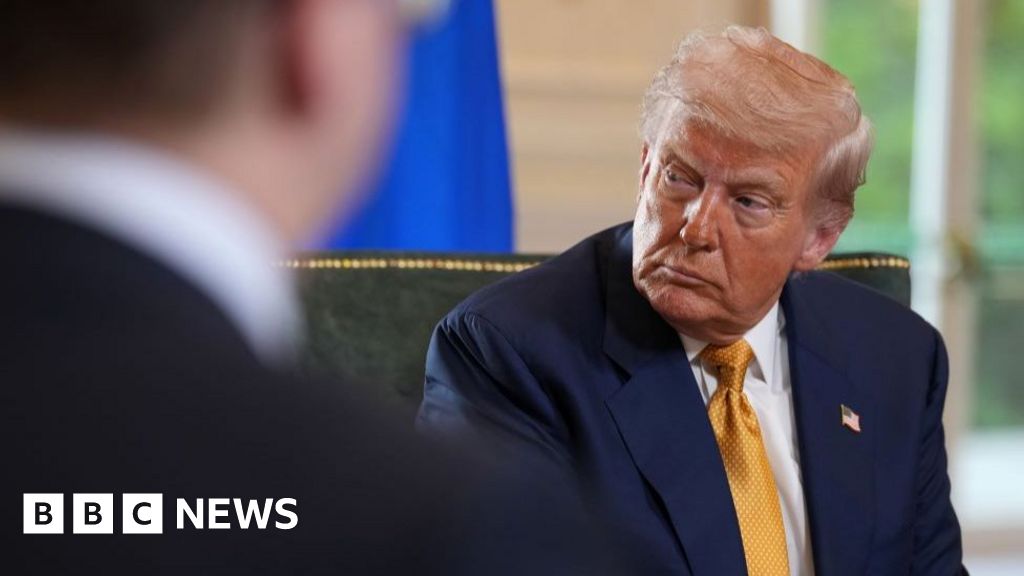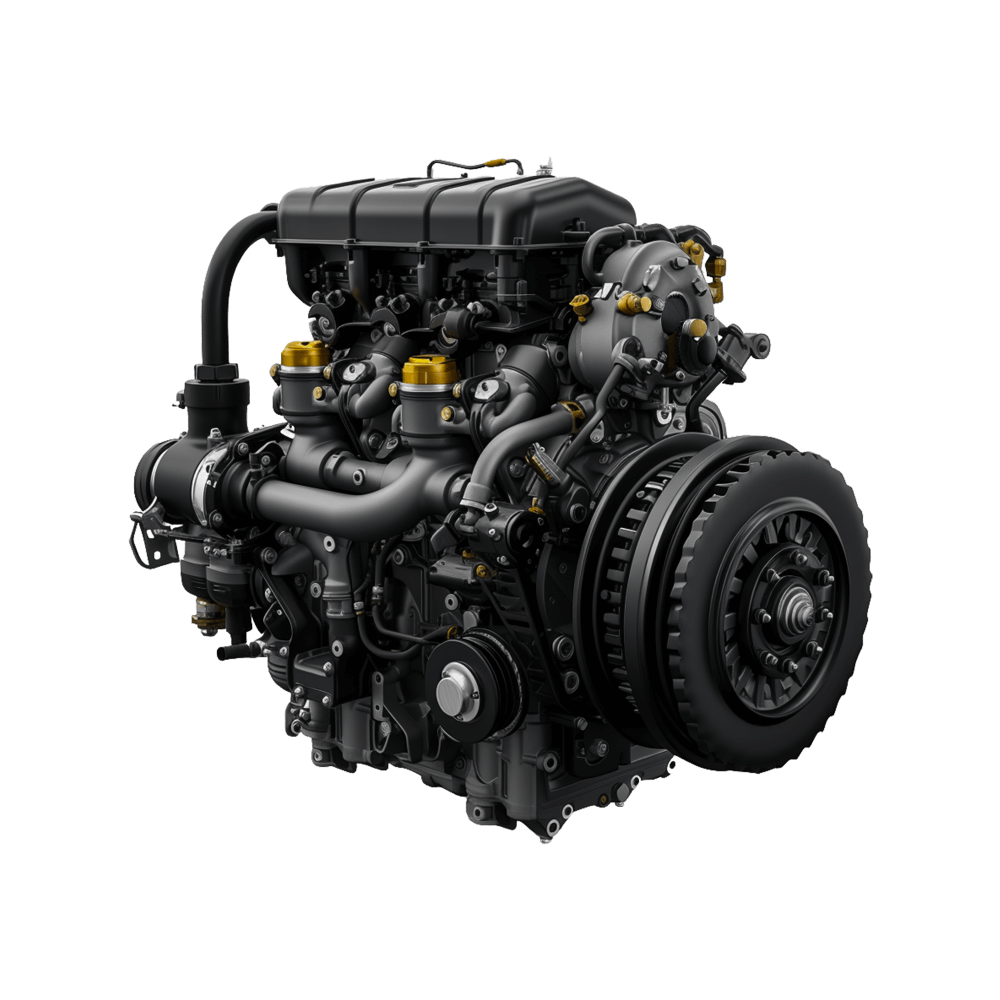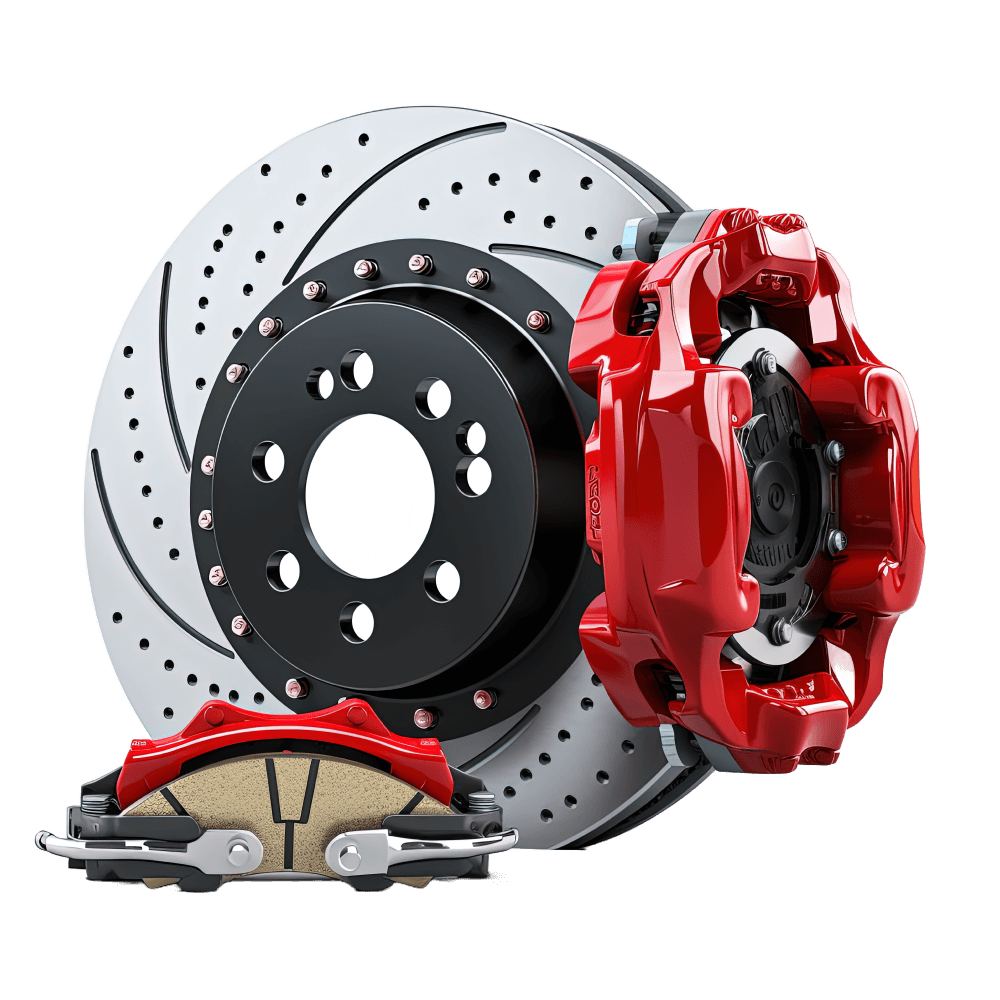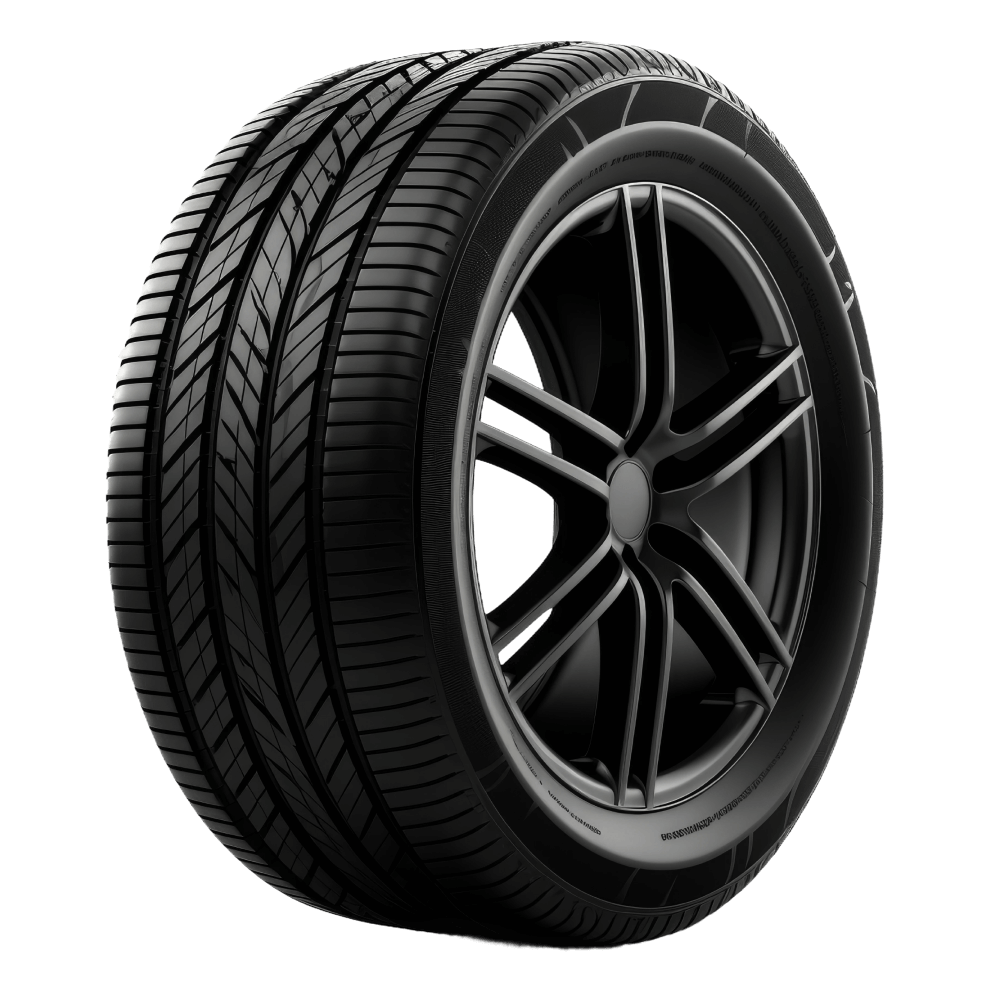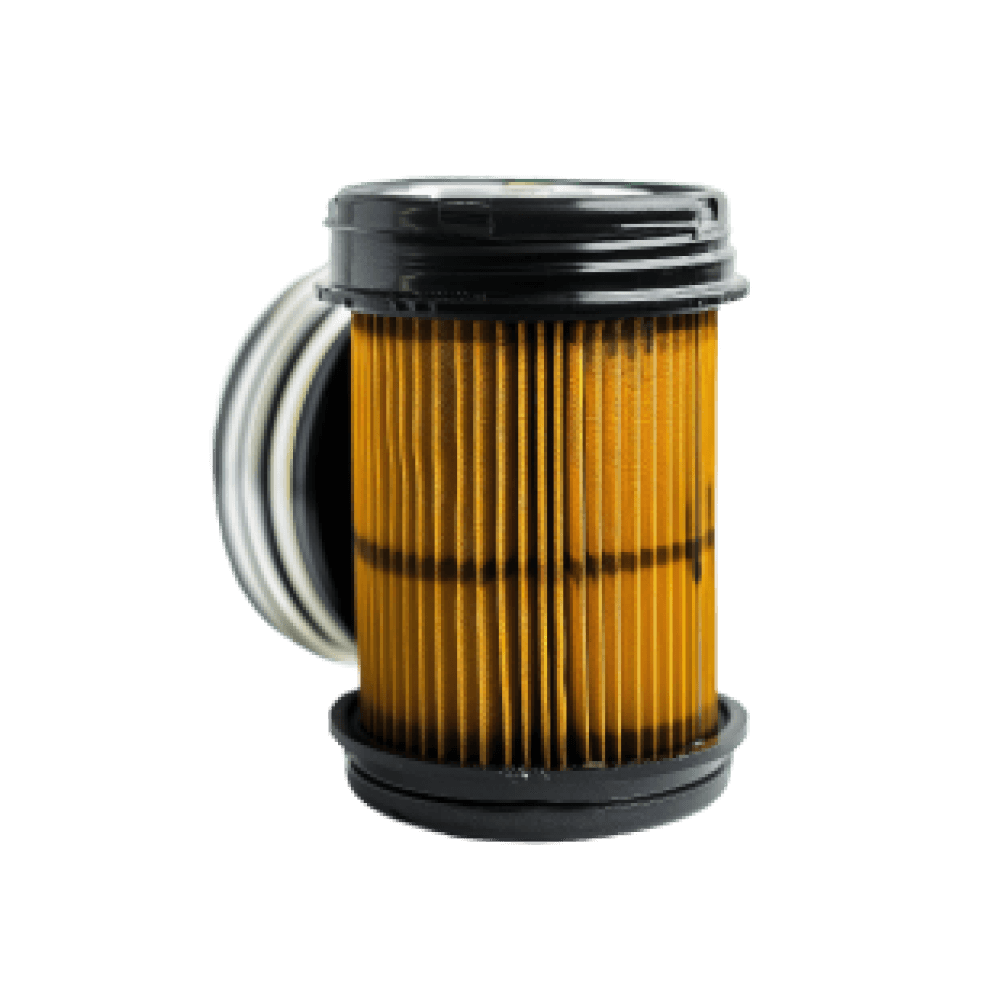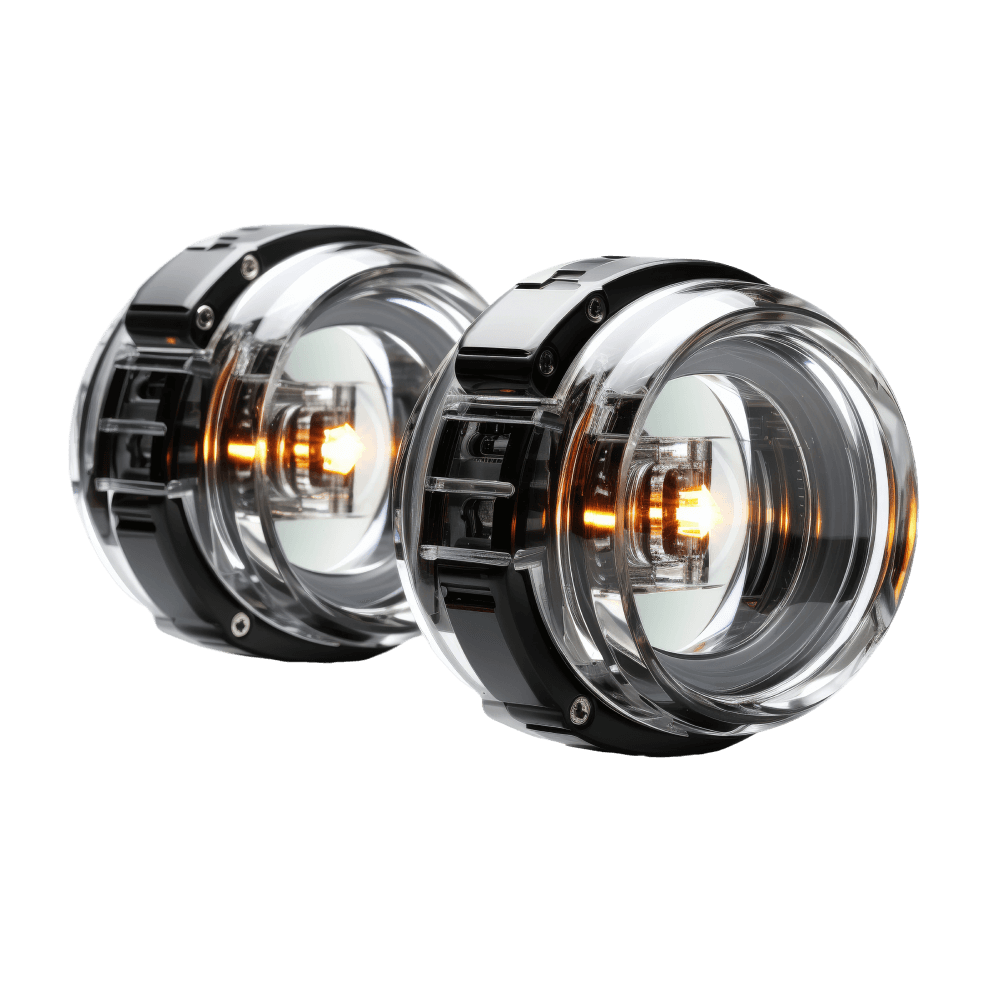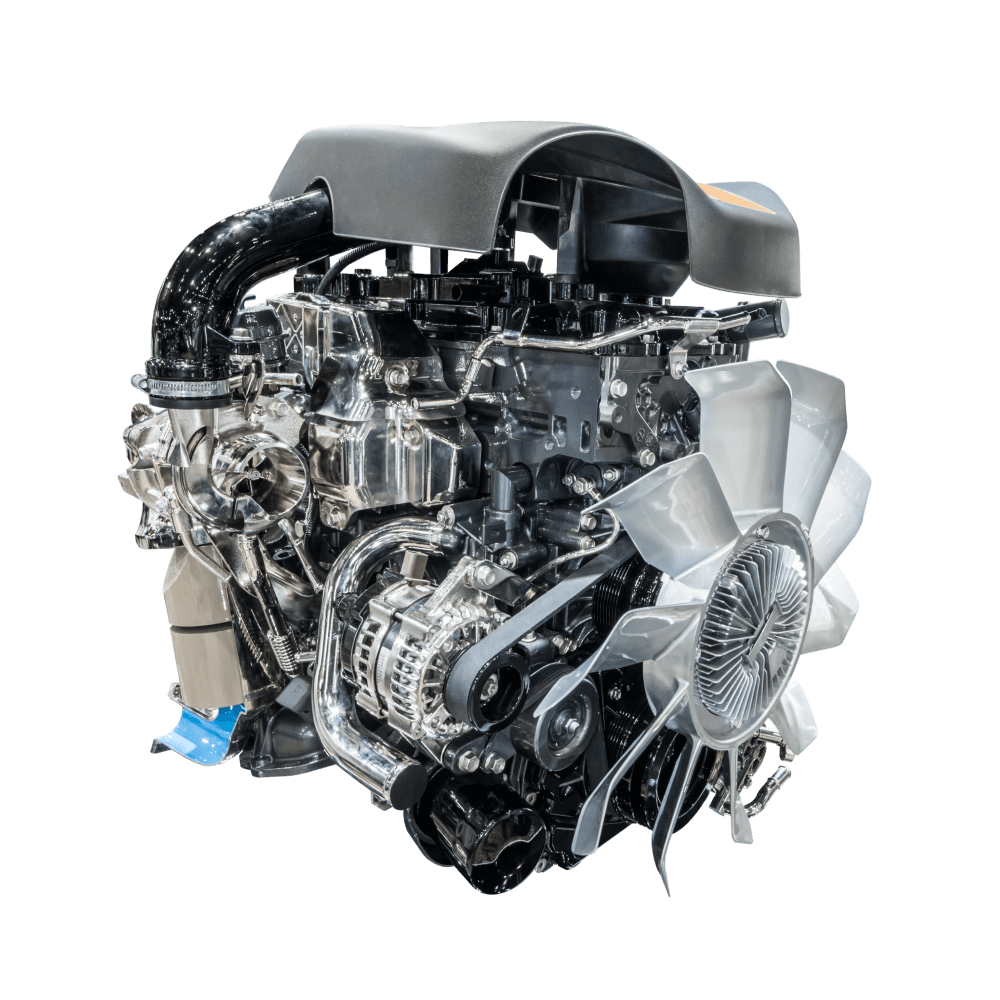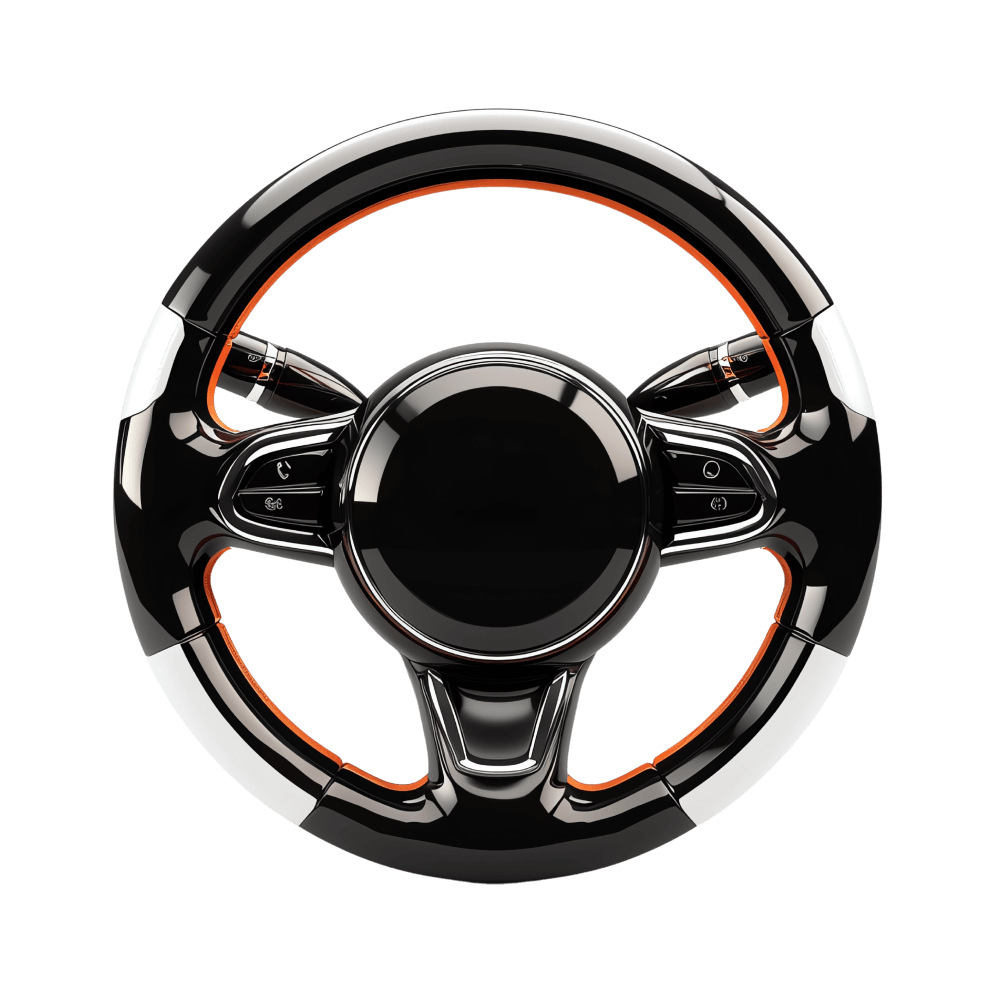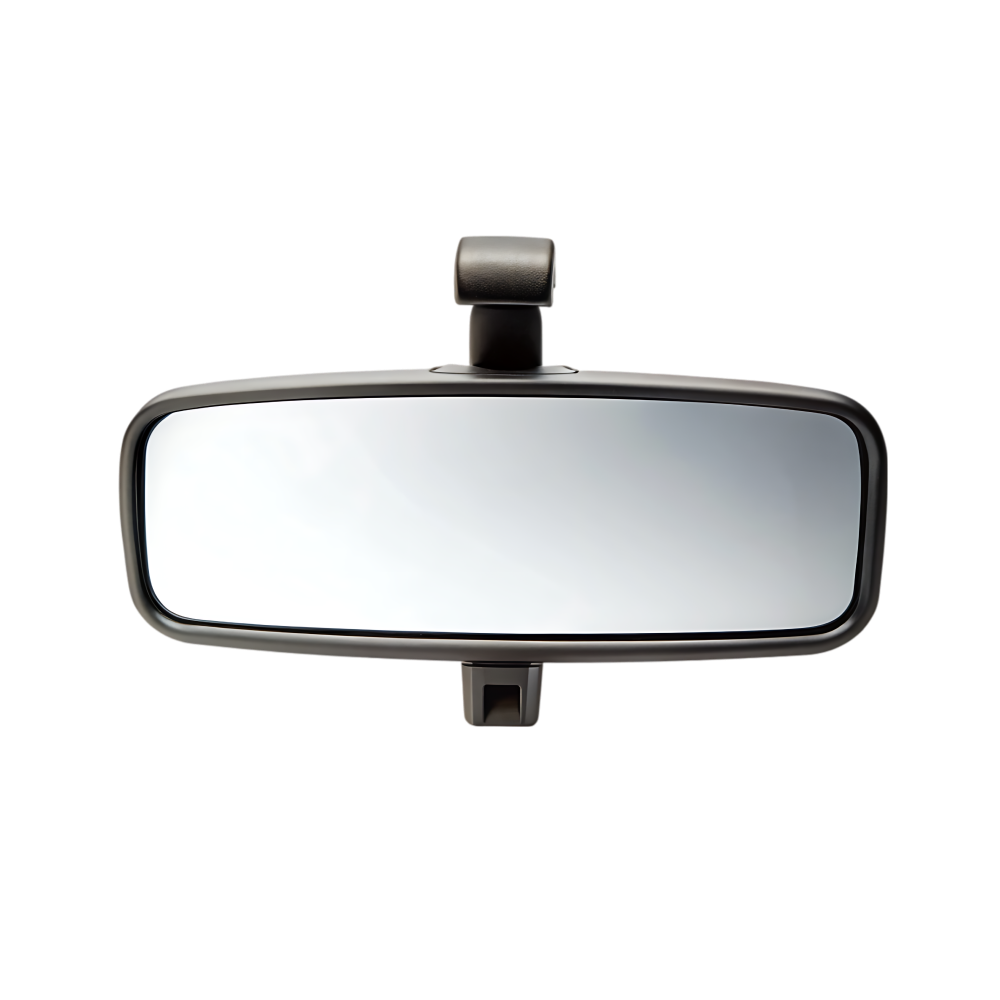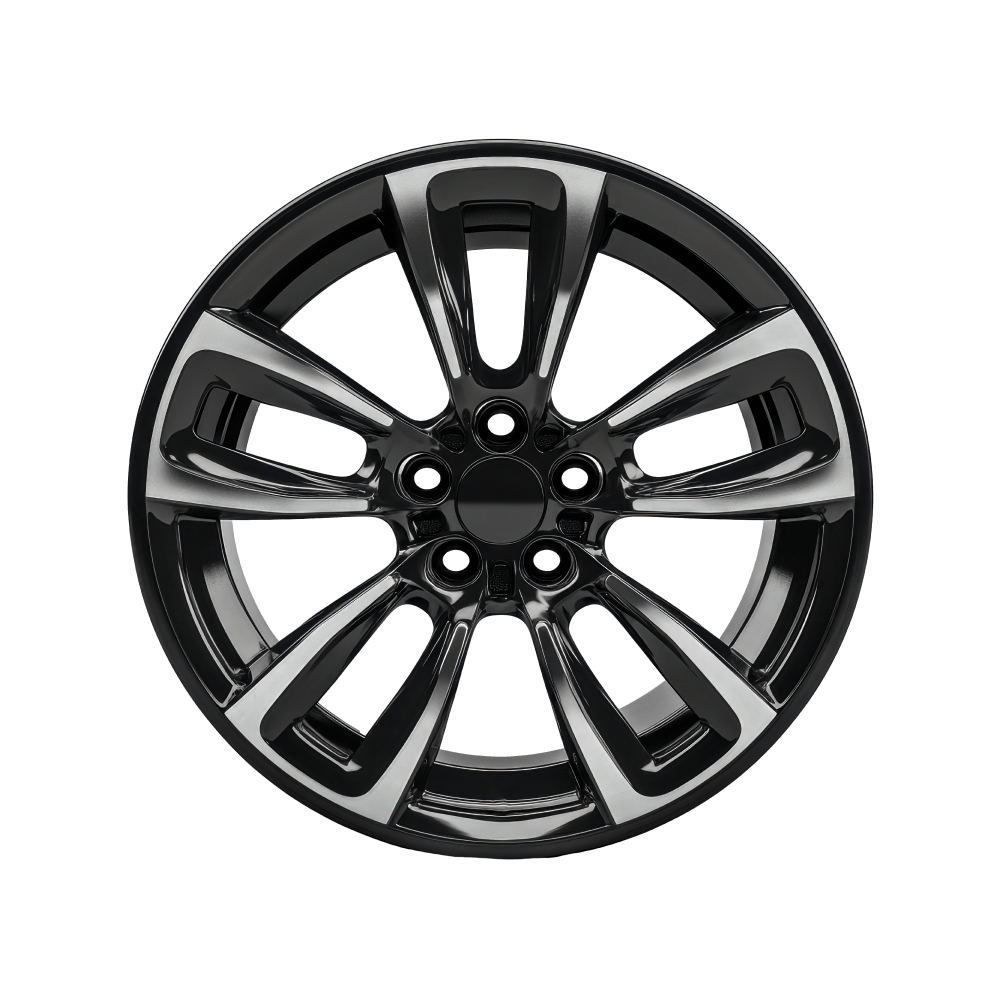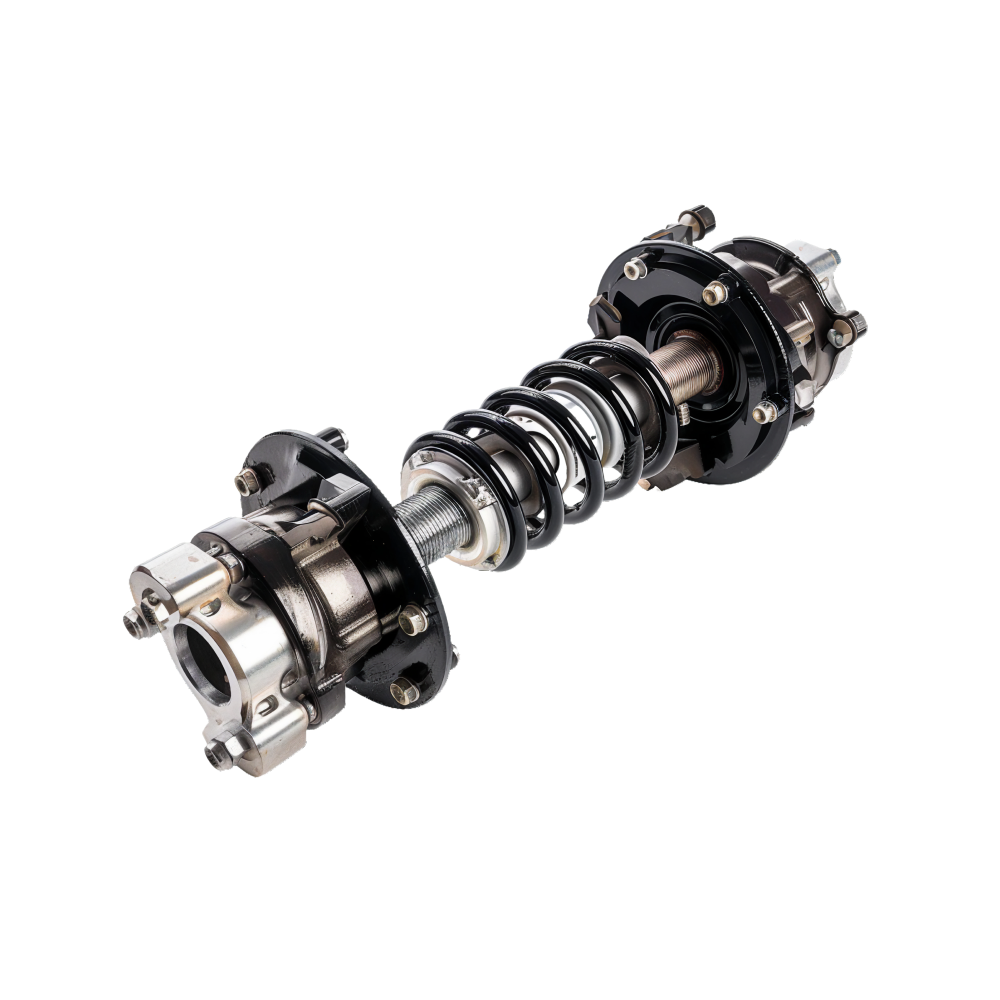The US and EU have struck what is being billed as the largest trade deal in history, after talks in Scotland last month.
Some details of the deal have emerged after the countries initially released only the framework for the agreement.
The announcement by President Donald Trump and EU chief Ursula von der Leyen offers clues about which sectors and groups could be hit hardest or have the most to gain.
After promising new trade deals with dozens of countries, Trump has just secured the biggest of them all.
It looks to most commentators that the EU has given up more, with instant analysis by Capital Economics suggesting a 0.5% knock to GDP.
There will also be tens of billions of dollars pouring into US coffers in import taxes.
But headlines heralding the deal may not last long if critics point to recent inflation, jobs, growth and consumer confidence data as evidence that Trump's radical reshaping of the US economy is backfiring.
Ordinary Americans are already aggrieved at the increased cost of living and this deal could add to the burden by hiking prices on EU goods.
While not as steep as it could have been, the hurdle represented by a 15% tariff rate is still significant, and it is far more pronounced than the obstacles that existed before Trump returned to office.
Tariffs are taxes charged on goods bought from other countries. Typically, they are a percentage of a product's value. So, a 15% tariff means that a $100 product imported to the US from the EU will have a $15 dollar tax added on top – taking the total cost to the importer to $115.
Companies who bring foreign goods into the US have to pay the tax to the government, and they often pass some or all of the extra cost on to customers.
Stock markets in Asia and Europe rose after news first emerged of the deal framework.
Under the deal, the US will levy a 15% tariff on goods imported from the EU. While this rate is significant, it is less than what it could have been and at least offers certainty for investors.
The agreement is "clearly market-friendly, and should put further upside potential into the euro", Chris Weston at Pepperstone, an Australian broker, told AFP.
The deal will need to be signed off by all 27 members of the EU, each of which have differing interests and levels of reliance on the export of goods to the US.
While some members have given the agreement a cautious welcome, others have been critical – hinting at divisions within the bloc, which is also trying to respond to other crises such as the ongoing war in Ukraine.
French Prime Minister Francois Bayrou commented: "It is a dark day when an alliance of free peoples, brought together to affirm their common values and to defend their common interests, resigns itself to submission."
He was joined by at least two other French government ministers as well as Viktor Orban, the Hungarian leader, who said that Trump "ate von der Leyen for breakfast".
The tariff faced by importers bringing EU cars to the US has been nearly halved, from the rate of 27.5% that was imposed by Trump in April to a new rate of 15%.
Cars are one of the EU's top exports to the US. And as the largest manufacturer of cars in the EU – thanks to VW, Mercedes and BMW – Germany will have been watching closely.
Its leader, Friedrich Merz, has welcomed the new pact, while admitting that he would have welcomed a "further easing of transatlantic trade".
That downbeat sentiment was echoed by the German carmaking trade body, the VDA, which warned that even a rate of 15% would "cost the German automotive industry billions annually".
Trump is trying to boost US vehicle production. American carmakers received a boost when they learned that the EU was dropping its own tariff on US-made cars from 10% to 2.5%. Theoretically that could result in more American cars being bought in Europe.
That could be good for US sales overseas, but the pact is not all good news when it comes to domestic sales. That is down to the complex way that American cars are put together.
Many of them are actually assembled abroad – in Canada and Mexico – and Trump subjects them to a tariff of 25% when they are brought into the US. That compares with a lower tariff rate of 15% on EU vehicles. So US car makers may now fear being undercut by European manufacturers.
Trump had previously threatened a 250% tariff rate to be levied on European-made drugs being bought in the US. The EU wants drugs to be subject to the lowest rate possible, to benefit sales.
The US president had said that pharmaceuticals and semiconductors were not covered by the deal announced. But details released later show tariffs will be limited to 15% on the two sectors – in line with most other sectors in the trade deal.
European pharma had been hoping for a total tariffs exemption. The industry currently enjoys high exposure to the US marketplace thanks to products like Ozempic, a star type-2 diabetes drug made in Denmark.
This has been highlighted in Ireland, where opposition parties have pointed out the importance of the industry and criticised the damaging effect of uncertainty.
Trump said the EU will purchase $750bn (£558bn, €638bn) in US energy, in addition to increasing overall investment in the US by $600bn.
"We will replace Russian gas and oil with significant purchases of US LNG [liquified natural gas], oil and nuclear fuels," said Von der Leyen.
This will deepen links between European energy security and the US at a time when it has been pivoting away from importing Russian gas since its full-scale invasion of Ukraine.
Von der Leyen said that some "strategic products" will not attract any tariffs, including aircraft and plane parts, certain chemicals and some agricultural products.
That means firms making components for aeroplanes will have friction-free trade between the huge trading blocs.
She added that the EU still hoped to get more "zero-for-zero" agreements, notably for wines and spirits, in the coming days.
Follow the twists and turns of Trump's second term with North America correspondent Anthony Zurcher's weekly US Politics Unspun newsletter. Readers in the UK can sign up here. Those outside the UK can sign up here.
Russia and China are leading the global race in hypersonic missiles – how worried should we be that the US is playing catch up and the UK has none?
In its 323-page ruling, the New York judges stated that the fine was excessive, and likely violated the US Constitution.
The crosswalk was part of a larger memorial for the 49 people who were shot and killed at the gay bar in Orlando in 2016.
Dobson was considered a key spokesperson for conservative causes in US politics over several decades.
US authorities have linked Wale's car to an alleged criminal enterprise operating stateside.
Copyright 2025 BBC. All rights reserved. The BBC is not responsible for the content of external sites. Read about our approach to external linking.

